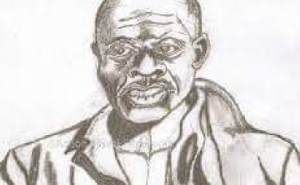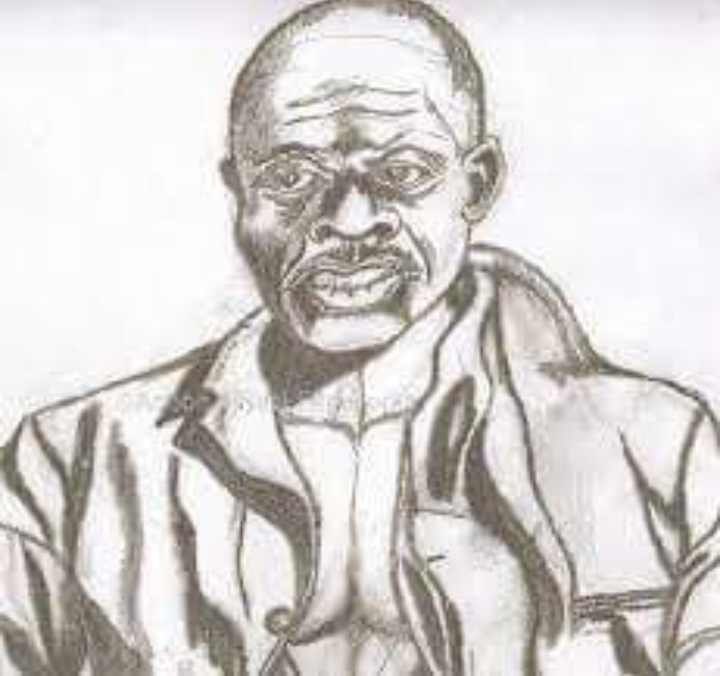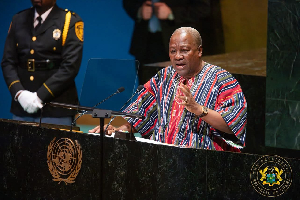Historic Account Blog of Monday, 13 January 2025
Source: Joshua Ofoe Asigbey
Meet Captain Cudjoe the Jamaican (Ghanaian) maroon leader

Captain Cudjoe (born 1680 – died 1744)
A great maroon leader, said in oral history to be a son of an Ashanti traditional leader called Quateng (kwarteng) from Gold Coast (Ghana).
Quateng was taken captive and sold to slavery and sent to Spanish Jamaica in 1640s, (by then Jamaica was under Spanish rule before the British captured it), Quateng initiated a revolt against the Spanish and led his tribesmen to establish the first maroon community called “cimarron” a spanish word which means “wild”.
Captain Cudjoe took over from his father Quateng.
He led his people to fight the British for over so many years without a single defeat, to an extent that the British soldiers petitioned their parliament to allow them to sign a peace deal with the maroons.
Unlike his compatriot Queen Nanny who was the spiritual head, the strategist and mother of her people but did not engaged actively in war front in may occasions, Captain Cudjoe was a formidable war lord, very short, strong and dark in complexion.

He led his people to form one of the two maroon communities which was named after his brother “Accompong” (from the Akan name Acheampong)
It was Captain Cudjoe who signed a treaty with the British in against the will of Queen Nanny who wanted the whole island of Jamaica to be liberated but Captain Cudjoe who saw himself growing old and not active like before accepted to smoke peace pipe with the British in 1739.
Cudjoe Day is celebrated in Jamaica on the first Monday in January.
The two main maroon groups at that period were Leeward maroons led by Captain Cudjoe and Windward Maroons led Queen Nanny.
Maroon a member of any of various communities in parts of the Caribbean who were originally descended from escaped slaves.
In the 18th century Jamaican Maroons fought two wars against the British, both of which ended with treaties affirming the independence of the Maroons.














